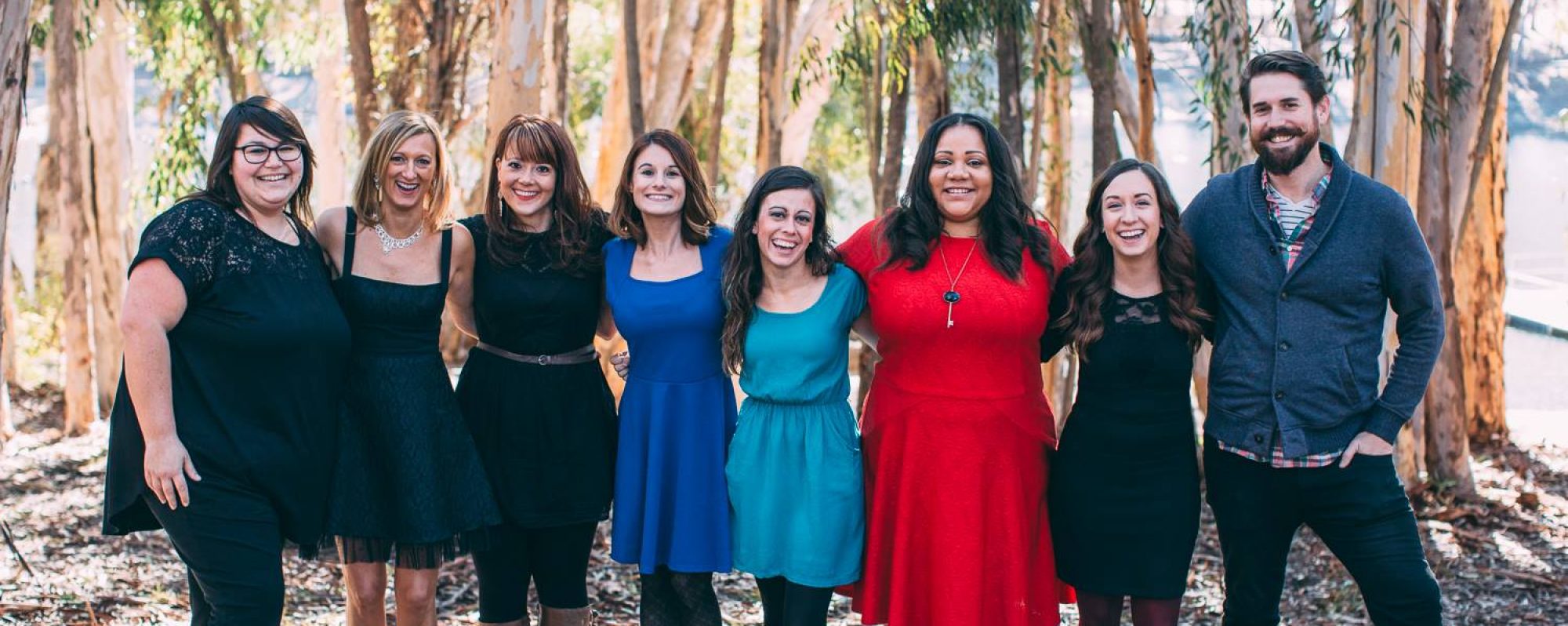I recently completed my case study on the NMT technique Rhythmic Speech Cueing, also known as RSC. This technique was not a frequently used technique in my internship. It is used for speech and language rehabilitation. The techniques I have encountered most for speech and language training/rehabilitation are; Oral Motor and Respiratory Exercises (OMREX), Developmental Speech and Language Training through Music (DLSM), and Therapeutic Singing (TS).
What is Rhythmic Speech Cueing (RSC)? RSC is a rate-control technique that uses auditory rhythm- in metronome form or embedded in music-to cue speech.
How does it work? The impelling and anticipatory action of a rhythmic stimulus sequence can help initiate speech.
Who can benefit? RSC has been shown to be effective in fluency disorder rehabilitation for stuttering and cluttering.
Types of RSC:
- Metric Cueing – Rhythmic beats are matched to syllables, resulting in speech inflection in which each syllable is of equal duration across and utterance. Metric cueing does not create normal time patterns of speech inflection.
- Patterned Cueing- uses beat patterns that stimulate stress patterns of normal speech inflection. The rhythm of speech synchronized to patterned cues is much closer to normal speech.
Exploring a new technique was very exciting and I found it to be incredibly useful for the particular individual involved in my case study. My case study results show that RSC is an effective NMT technique for childhood apraxia of speech. The patterned speech cueing used allowed for the client to decrease their rate of speech and providing the opportunity to increase their intelligibility of speech.
-Kristin

